–
A NEW YEAR BEGINS
–
Our deepest thanks for shaping the CHAPAL legacy.

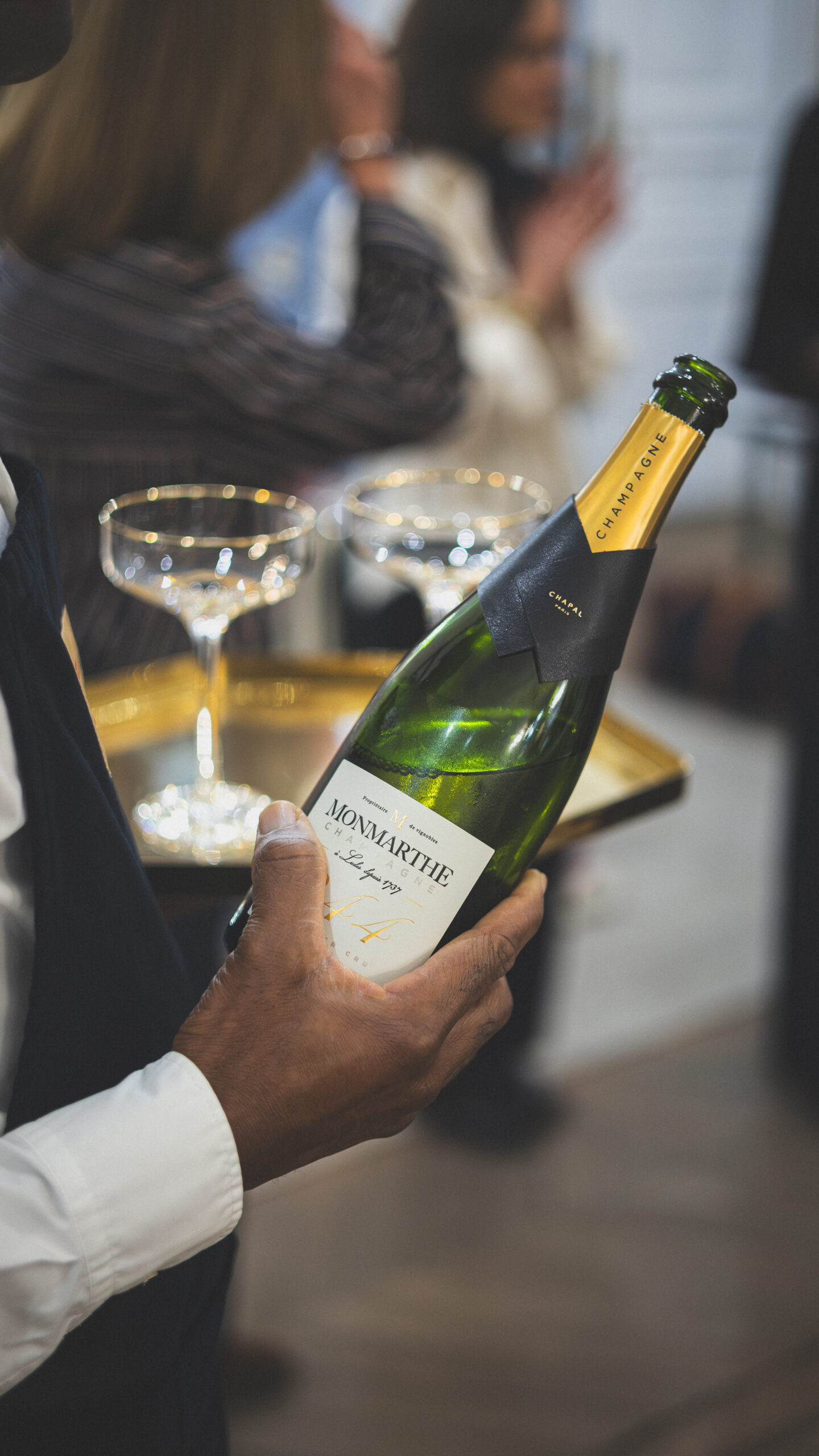
Our deepest thanks for shaping the CHAPAL legacy.



French leather manufacture renowned since 1832 for its expertise in bespoke and luxury men’s ready-to-wear
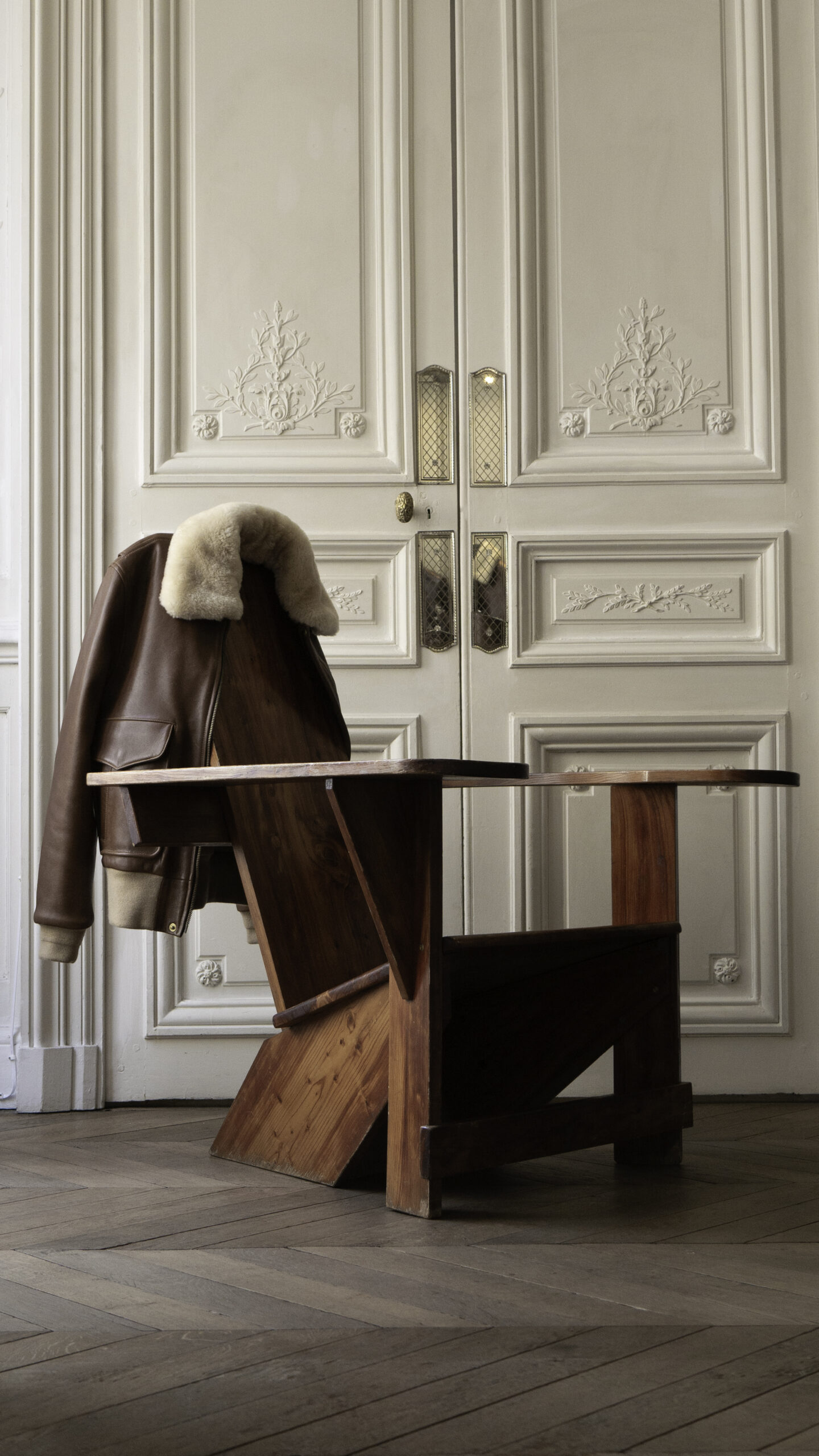
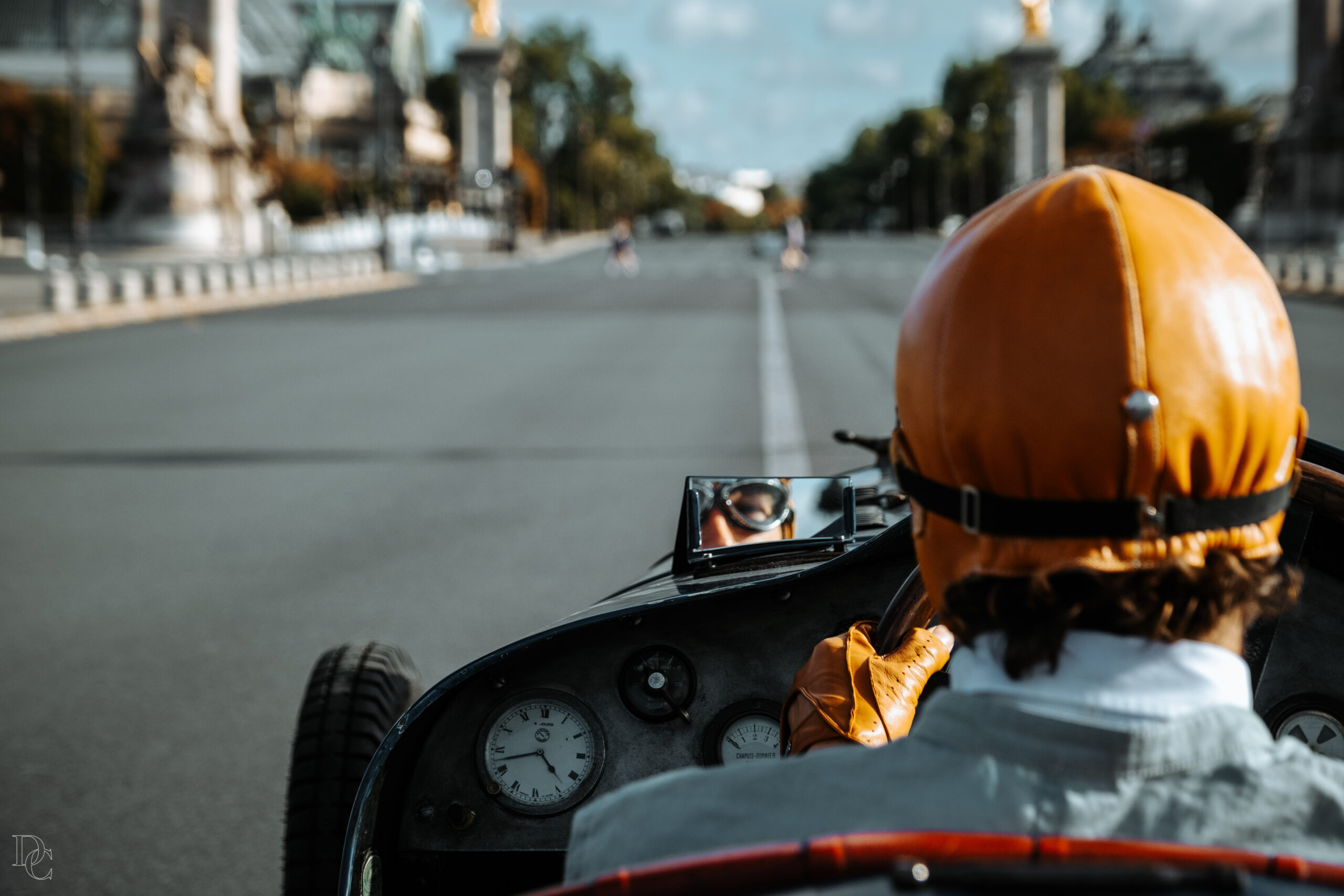
Transform your drive into an exceptional moment

193 years of history dedicated to the finest leather jackets

Each piece tells a unique story through its colors and craftsmanship
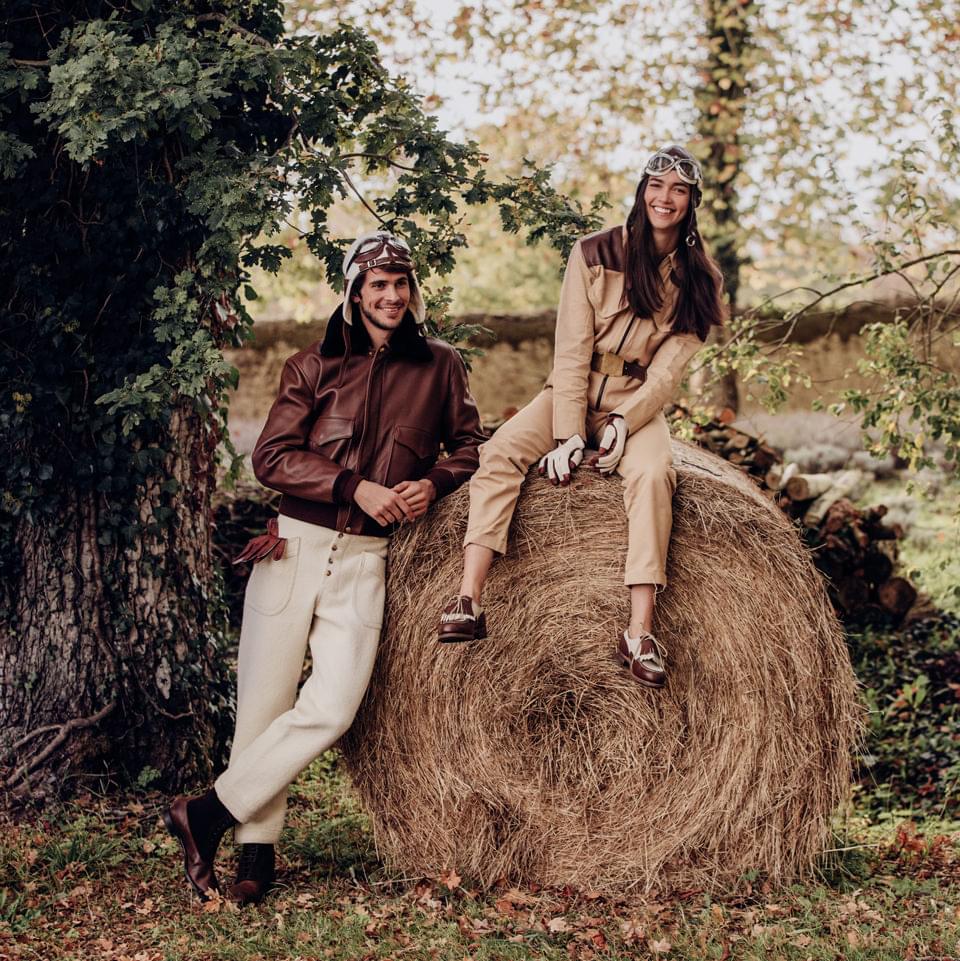
April 2022, Wednesday 20 - Thursday 21 - Friday 22
50% OFF on the online stock
Up to 80% OFF on many other articles in our showroom
- Discount is applied to your cart -
- Discount not available on bespoke orders -
- No refunds or exchanges -
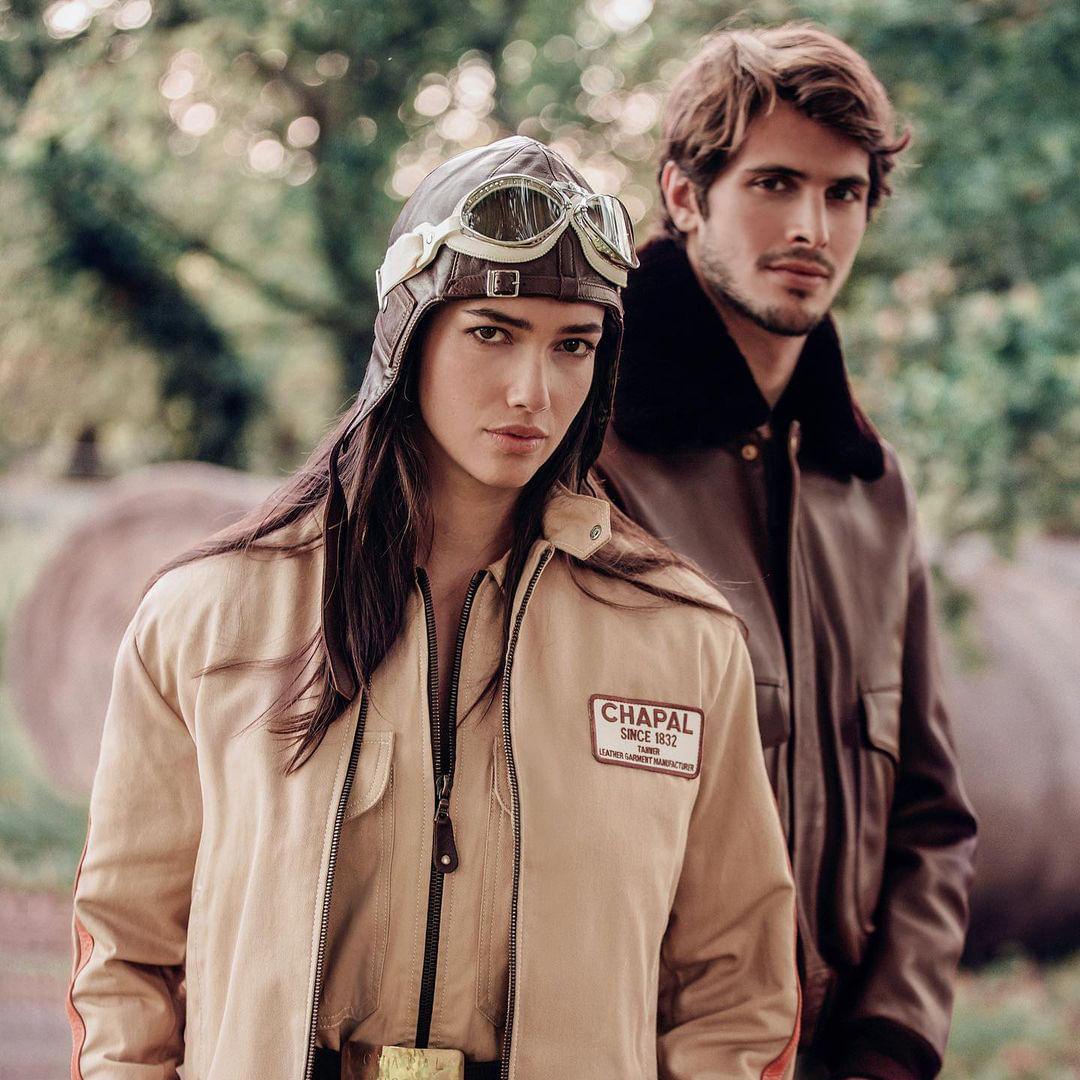
Discover the latest news about the House